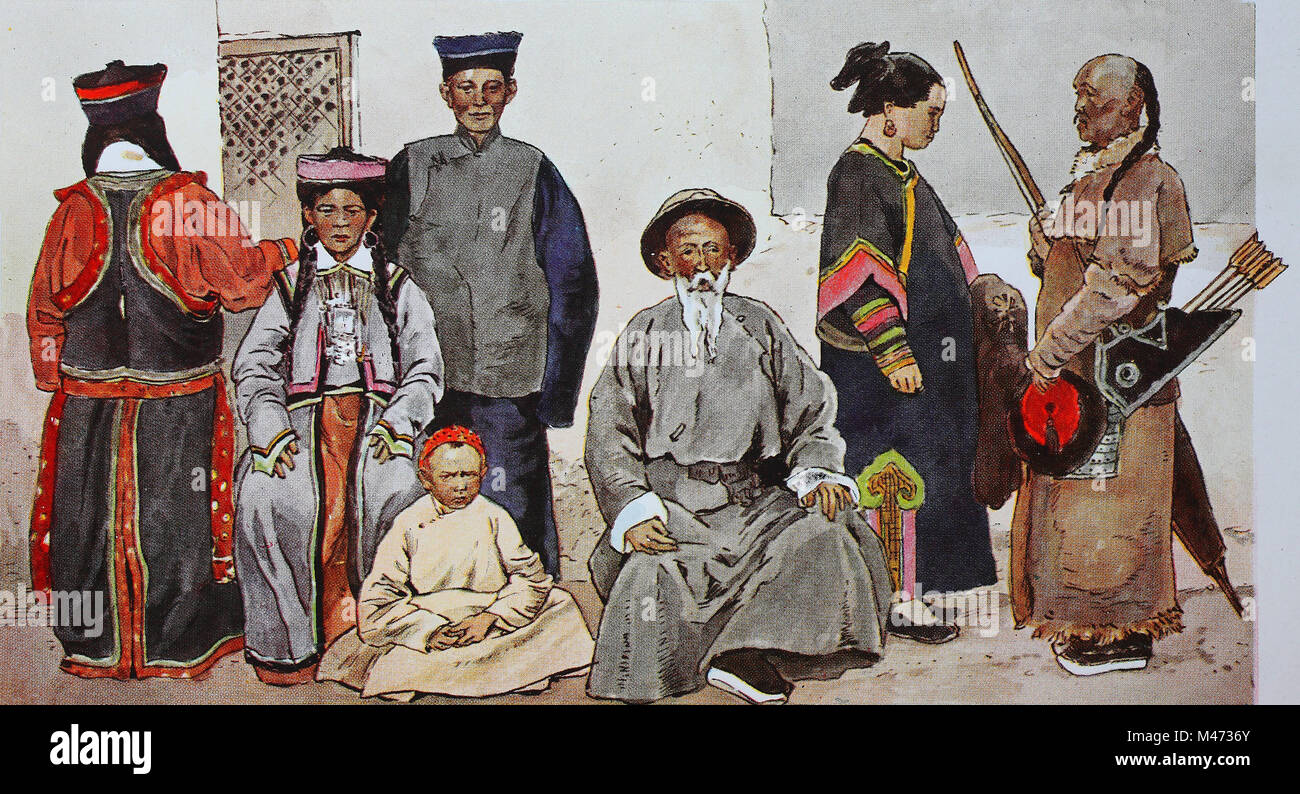Top 10 Eastern Wear Pakistan Brands You Need to Understand about
Top 10 Eastern Wear Pakistan Brands You Need to Understand about
Blog Article
Experience the Beauty of Standard Eastern Attire
Embark on a journey with the complex globe of typical Eastern attire, where each garment tells a story woven with cultural richness and historical importance. From the lively tones of a Chinese qipao to the regal elegance of a Pakistani shalwar kameez, these garments provide a peek right into a globe where craftsmanship satisfies virtuosity. The fusion of lavish fabrics and delicate needlework strategies creates a tapestry of beauty that transcends boundaries and time. Join us as we decipher the secrets behind these exquisite pieces and discover the appeal of Eastern clothing that has actually astounded generations.
History of Eastern Outfit
Eastern clothing has a rich background that dates back centuries, reflecting the diverse societies and traditions of areas such as Asia and the Center East. In Asia, typical clothes differs considerably from the vibrant saris worn in India to the sophisticated kimono of Japan.
Throughout history, Eastern clothing has not just offered as a kind of clothing but likewise as a sign of cultural identification and heritage. Today, Eastern clothing proceeds to advance, blending standard aspects with contemporary fashion patterns to create distinct and ageless styles.
Importance of Needlework
Needlework plays a vital role in traditional Eastern clothing, including complex information and cultural importance to garments that have been given through generations. In Eastern cultures, embroidery is not merely decorative yet holds deep symbolic meanings. Each stitch and pattern can convey stories, ideas, and even social status.
The art of embroidery in conventional Eastern outfit is a labor-intensive process that needs skill and patience. Highly proficient craftsmens carefully hand embroider elaborate styles onto textiles using methods that have actually been developed over centuries. These stitched layouts usually reflect the rich cultural heritage of the region they stem from, showcasing concepts motivated naturally, mythology, or historical occasions.

Extravagant Fabrics Utilized
Extravagant materials play a critical function in boosting the beauty and opulence of standard clothes across diverse Eastern cultures. Silk, renowned for its soft qualities and shine, is a favored selection for lots of conventional garments as a result of its lavish feel and ability to curtain with dignity. In nations like India, China, and Japan, silk has a long background of being utilized in traditional outfit, signifying riches and status.
One more widely utilized lavish material is brocade, characterized by complex patterns woven into the product. Brocade includes a touch of elegance to garments and is usually seen in ritualistic outfits and formal wear. Velvet, with its luxurious appearance and abundant site appearance, is likewise a preferred choice for conventional clothing in Eastern societies, especially for cheery events and special celebrations.
Furthermore, organza, chiffon, and satin are regularly used for their light-weight and flowing top qualities, including a sense of special and elegance to garments. These luxurious textiles not only boost the aesthetic charm of traditional Eastern clothes yet also contribute to the general attraction and charm of the wearer.
Workmanship Strategies
Typical outfit in different cultures showcases impressive craftsmanship strategies that are passed down via generations, highlighting the skill and virtuosity involved in creating these exquisite garments. Each needlework, stitch, and decoration is thoroughly crafted to develop ageless pieces that symbolize the social heritage and practices of the area. The workmanship methods go to website used in typical Eastern clothing often entail complex handwork, such as hand weaving, hand needlework, and hand beading, which need precision and focus to information.
Artisans that specialize in these methods undertake years of training to ideal their skills and understand the conventional methods of garment construction. Using top notch materials combined with specialist craftsmanship results in garments that not just look aesthetically sensational but additionally stand the test of time. The dedication to preserving these craftsmanship techniques ensures that each item of conventional Eastern attire is an artwork, showing the rich cultural background and heritage of the region.
Timeless Elegance and Elegance

The complex embroidery, delicate beadwork, and luxurious textiles utilized in typical Eastern clothes contribute to its unrivaled elegance. The careful handiwork gave with generations ensures that every item narrates and shows class and elegance.
Moreover, the traditional shapes and elegant draping of conventional Eastern clothes include in its enduring appeal. The flowing lines and classy layouts create a feeling of harmony and equilibrium that is both visually enticing and mentally captivating.
Essentially, the timeless sophistication and appeal of traditional Eastern clothing function as a testament to the skill and creativity of the artisans that dedicate their lives to preserving these exquisite sartorial practices. - eastern wear pakistan
Conclusion
In final thought, the elegance of standard Eastern clothing is a testimony to the rich background, cultural relevance, and intricate craftsmanship of the area. From the intricate needlework to the extravagant textiles and classic charm, each garment narrates and reflects the cultural identity of its origins. Welcoming Eastern outfit enables click reference one to value the artistry and sophistication that have actually been given through generations, producing fascinating and absolutely exquisite pieces.
Embark on a trip via the intricate world of typical Eastern attire, where each garment tells a story woven with cultural richness and historical relevance.Embroidery plays an important role in typical Eastern clothes, adding complex information and social importance to garments that have been passed down with generations.Lavish materials play a critical duty in improving the elegance and luxury of traditional attire throughout varied Eastern societies. The craftsmanship strategies made use of in standard Eastern attire often involve detailed handwork, such as hand weaving, hand embroidery, and hand beading, which call for precision and focus to detail.
In conclusion, the style of typical Eastern attire is a testament to the abundant history, cultural value, and elaborate workmanship of the area.
Report this page